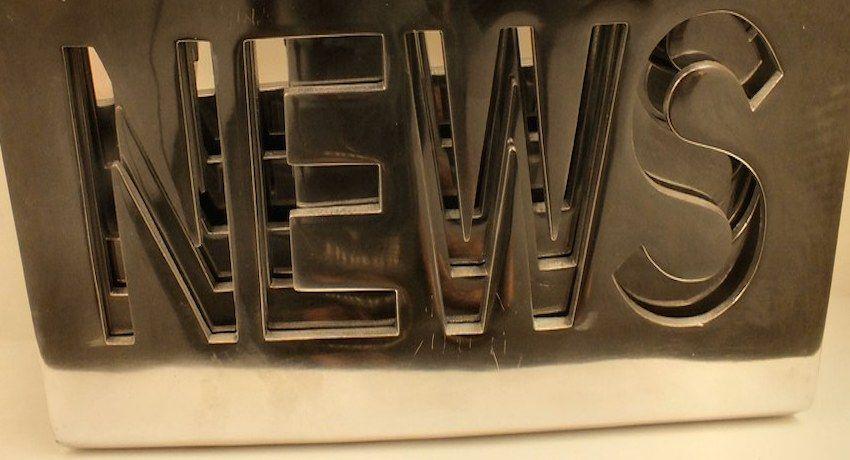
SiKey v La Saint: likelihood of confusion between similar brands for clothing
By an application filed on 25 February 2021, SiKey SIA sought to register the figurative mark “Saint Key” (in which a stylised key in the centre replaces the “I” in the word “Saint”) for goods and services in Class 25 (clothing) and 35 (advertising) of the Nice Classification.
La Saint B.V. filed an opposition against the EU trade mark application, on the basis of Article 8 (1) (b) EUTMR, claiming that there was a risk of confusion between Sikey SIA’s sign and their own brand, “La Saint”, which was registered as a trade mark with the Benelux trade mark office, also for clothing articles under Class 25. The Opposition Division upheld the opposition and rejected the SiKey’s application as it found that both marks are very similar and there was likelihood of confusion.
SiKey SIA appealed this decision, requesting that the opposition be rejected. The EUIPO’s Board of Appeal therefore had to decide if there was indeed likelihood of confusion and similarity between the two signs, or if the relevant public could believe that the two trade marks were related. Given the similarities between the signs and the goods and services which they covered, and the fact that brands affixed to clothing articles were aimed at the general public with a limited attention to detail when it comes to comparing signs, the Board of Appeal held that there was indeed a risk of confusion between the two signs and therefore upheld the opposition and rejected SiKey SIA’s trade mark application.
The signs coincided in the element “Saint”, but differed in other elements, namely the use of a figurative element (the key in SiKey’s sign) and the article “LA” in La Saint’s earlier sign which could act as an important differentiating element due to the fact that it was not a correct use of the article in French. Since the opposition was based on an earlier Benelux trade mark, the relevant public in respect of which the likelihood of confusion had to be assessed was the French-speaking public in the Benelux region. Nevertheless, the Board of Appeal stressed that the central element of both signs was the word “Saint”, and given the low level of attention of the general public when comparing clothing trade marks, this common element weighed more than the differences between the signs when considering likelihood of confusion.
For these reasons, the Board of Appeal rejected SiKey SIA’s trade mark application and held there was a likelihood of confusion because of the similarity between the signs as well as between the goods and services covered. One key element which lead to this conclusion was that in the clothing sector, the same trade mark often has different configurations depending on the type of goods it identifies. It is common in this industry to use sub-brands to distinguish various clothing product lines, while using the same central element. In this case it estimated that there existed the possibility that the public would believe that SiKey SIA’s trade mark was a sub-brand launched by La Saint, or that both trade marks had a connexion.
This case is a good example of situations in which, although there are differentiating elements between two trade marks, likelihood of confusion is rendered more probable due to the nature of the goods and services covered by the signs and the marketing practices in a given industry.
U.S. Supreme Court rules on Andy Warhol’s estate infringing copyright
The US Supreme Court ruled that Andy Warhol’s estate had infringed copyright by using a portrait of Prince.
The US Supreme Court has ruled that photographer Lynn Goldsmith's copyright in her photograph of Prince was infringed by Andy Warhol’s estate through its exploitation of a work Andy Warhol had developed based on Goldsmith’s original photograph. The photograph was taken by Goldsmith in 1981 and later published in Newsweek magazine. In 1984, Vanity Fair commissioned Andy Warhol to do a series of portraits of Prince for an article on his new work, licensing Goldsmith's image so that he could use it as basis for his work.
In 2016 shortly after Prince’s death, Vanity Fair published a special article honouring the singer and paid the Andy Warhol Foundation $10,250 to use an image from the 1984 series. However, Goldsmith was not remunerated or credited for the original photograph (on which Warhol's works were based), prompting her to file a lawsuit.
The Andy Warhol Foundation defended the use of the photograph, arguing that it was fair because it was a transformation of the original work. The Supreme Court however decided that the “fair use” defence did not apply not because of the modifications which had been applied to the original work, but because of the purpose of the work which was commercial in nature. Goldsmith had licenced her original photograph to Vanity Fair for a one-time use of her works, which did not grant to Andy Warhol or his estate, the right to reuse of for further commercial purposes.
Details
- Publication date
- 26 May 2023
- Author
- European Innovation Council and SMEs Executive Agency
